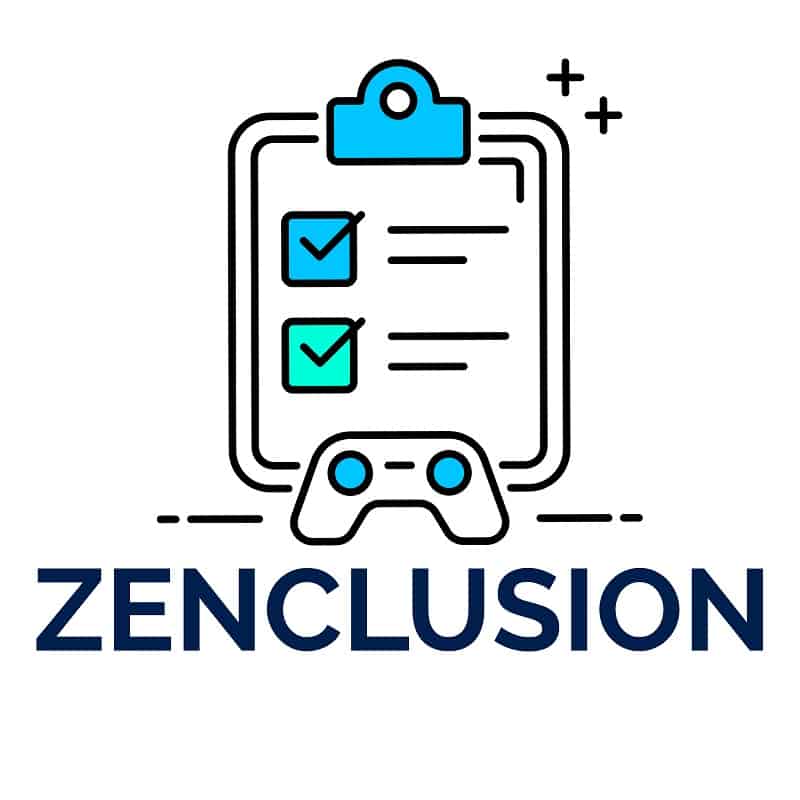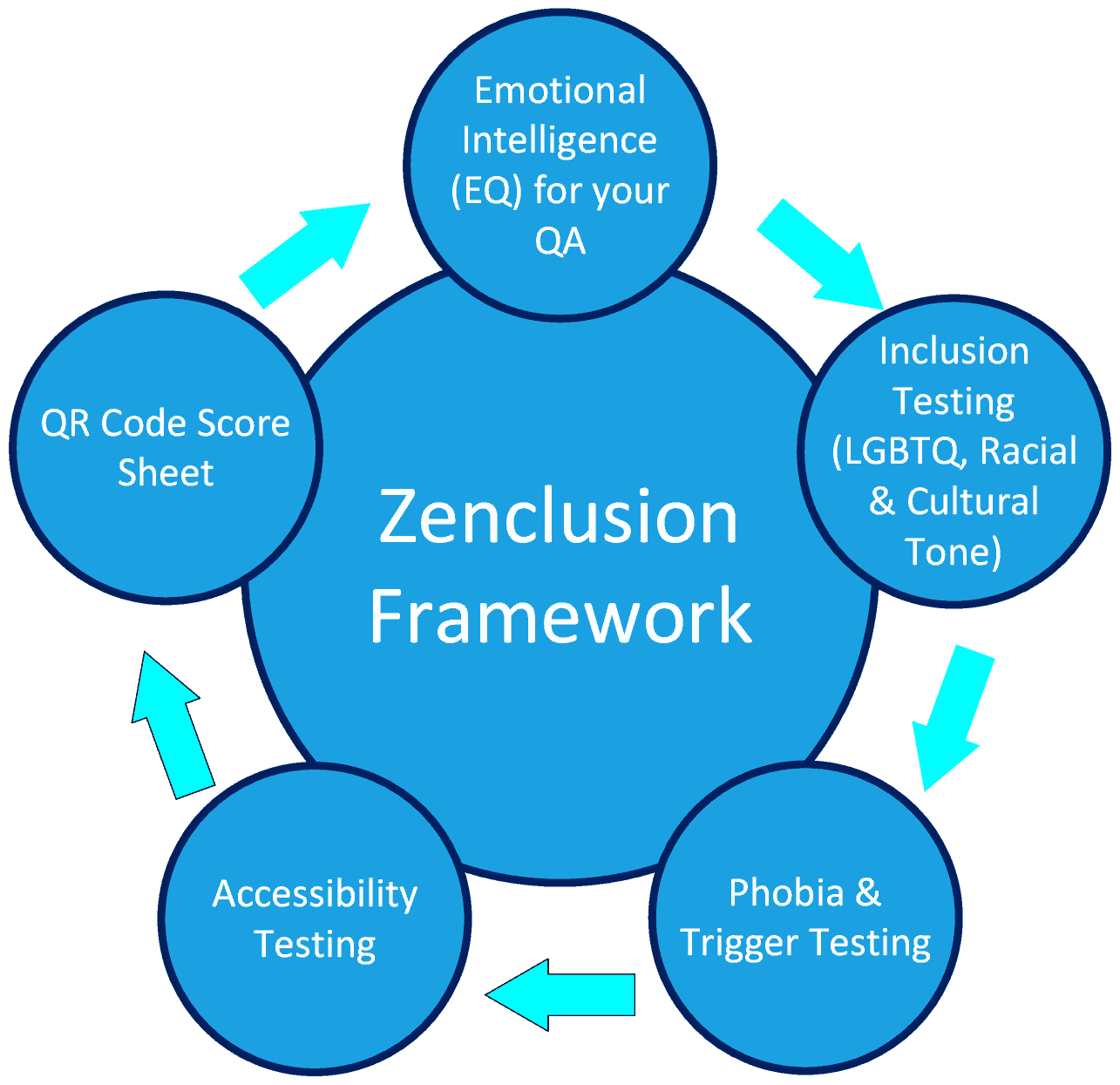Content Quality Assurance (QA) and the need for sensitivity reading is becoming increasingly relevant in our society. Whether it be books, movies, or video games, the need to ensure that content is accessible and respectful to audiences is an essential element of creating the best possible product. In this article, we’ll explore the importance of readers for every group and why it’s something you should take into consideration when creating content. Sensitivity reader roles have been around for many years in the book publishing industry as a way to help authors create content that is respectful and inclusive of different identities and experiences. While this tradition has been practiced for years, its importance has recently become more prominent as readers become more informed about stereotypes, prejudices, and microaggressions in the media. With increased awareness comes increased accountability, and with accountability comes the need for publishers to make sure the content they are releasing is appropriate and sensitive to different audiences. At its core, it is about ensuring that content is neither offensive nor hurtful.
The Importance of Content Quality Assurance (QA) and including your Audience
As society becomes increasingly aware of the impact of media on our culture and individual experiences, Content Quality Assurance (QA) is becoming increasingly important. Whether it’s books, movies, or video games, ensuring that the content is accessible and respectful to a wide range of audiences is essential for creating the best possible product. In this article, we’ll explore the significance of including or hiring a sensitivity reader and why it should be considered when creating content.

Ensuring Your Content is Accessible and Respectful
Creating accessible and respectful content is essential to building a world of understanding and respect. Content QA is a critical component of ensuring that your content is free from any potentially offensive or harmful messages. This type of review can help identify any potential biases or inaccuracies in the material and gives those affected by these issues the opportunity to provide feedback. Sensitivity reading can detect issues related to power dynamics, privilege, class, gender, race, sexual orientation, religious beliefs, and more. It is an important practice to avoid misrepresentation and tokenization of marginalized or oppressed communities and to create content that not only feels approachable but also expresses genuine understanding and empathy.
One should consider including specific reader groups into their process such as female, black, transgender, non-binary or for example people with disabilities. By including a vastly diverse group and hiring your own sensitivity readers as part of your content QA process, you can create content that feels approachable and welcoming to diverse audiences while promoting mutual understanding and respect. It is a great way to ensure that your content is both accessible and respectful and contributes to a world of inclusiveness for all.
Let us not dead name transgender individuals like Forza Horizon did, yes?
How does Content QA Apply to Books, Movies and Video Games?
The power of storytelling can have a lasting impact on an audience, leaving a lasting impression long after the final page is turned or the credits have rolled. Regardless of the medium, books, movies, and video games, it is imperative that the content presented is not only error-free but also sensitive to different world views. This is why hiring sensitivity readers and Content QA have become increasingly important in recent years.
Sensitivity readers provide valuable insights into how diverse cultures, communities, and individuals may experience or perceive the material being presented. In books, this can include consultation with cultural experts to ensure accurate representation of socioeconomic status, religion, and language. Movies and video games must also be aware of potential biases or stereotyping, as well as depictions of violence, language, and other potentially offensive material.
These methods should be viewed as another layer of quality control for any creative project. It is not meant to restrict or confine, but rather provide insight into how an audience may react or perceive the content being presented. In this sense they serve to improve the overall quality of a project and contribute to a more inclusive cultural landscape.
Book publishers hire sensitivity readers already on a regular basis, especially when aiming for New York Best Seller hits and such. It, however, has only recently started to become a more discussed and engaged topic in other forms of media.
Implementing Inclusive Practices in Your Content QA Process
Ensuring Content Respectability: No matter the medium, content creators have a responsibility to represent diverse identities with respect, care, and accuracy. Unfortunately, as digital media creators become increasingly hurried and overburdened, this nuanced task can often go overlooked during Quality Assurance (QA) processes. To prevent potential content disasters, introducing Sensitivity Readers into QA processes is essential for any digital content creator, no matter the medium or type of project. We must remind ourselves that it comes down to representing marginalized groups and making them feel included in the media they are consuming.
Sensitivity readers make use of the process by which they, as experts from the represented community, review digital content to ensure it is reflective of their identity and experiences. This process can involve anything from fact-checking language and terminology to making sure characters and stories are accurately portrayed. By investing in Sensitivity Readers, you can avoid costly missteps or backlash due to stigmatizing or misrepresentative portrayals.
The need for inclusion & diversity has been spurned by the recent surge of diverse content in the entertainment industry. From critically acclaimed books such as Leah Johnson’s ‘You Should See Me in a Crown’ to movie box office hits such as ‘Crazy Rich Asians’, inclusion and representation in digital media is no longer optional. Inclusion is simply the next step in ensuring these stories are told with full respect to their source material and audience.
Whether you’re looking to launch a game, begin production on a movie or put the finishing touches on a book, incorporating a reader for every group into your QA process is an essential way to ensure the success of your project. Through this simple but impactful process, digital content creators can build trusting relationships between their work and their audience.
If you have questions on how to implement it in your unique workflow and organization or want to play ‘hire a sensitivity reader’ on easy mode, please reach out to the Zenclusion team at sales@zenclusion.com or through our contact form on the bottom for a free consultation.
Hiring a Sensitivity Reader for your Project
Ensuring Content Respectability: No matter the medium, content creators have a responsibility to represent diverse identities with respect, care and accuracy. Unfortunately, as digital media creators become increasingly hurried and overburdened, this nuanced task can often go overlooked during Quality Assurance (QA) processes. To prevent potential content disasters, introducing diversity, equity, inclusion and belonging (DEIB) into QA processes is essential for any digital content creator, no matter the medium or type of project.
Sensitivity Reader Controversy: Striking the Balance of Authentic Representation vs. Creative Freedom
Of course, there are still certain issues in our fragile human society and there are some controversies regarding ‘gatekeeping’ or inhibiting creative freedom due to cancel culture, for the better or the worse. Arguably, some individuals might also want to see more of the insensitive content as those might be their own personal views and therefore may describe accessible content as ‘woke’ to imply that it is part of a greater agenda or the creators being too afraid of potential backlash. Possibly these individuals might throw other theories against creators of ‘woke’ content, regardless of the truth or facts available.
Ensuring that books, movies, and video games contain authentic representations of diverse characters, while remaining true to the creative vision of content creators, is a complex issue. Every day it seems there’s a new story in the news about a backlash against a project for including, or not including, certain characters or storylines. This has brought a greater awareness to the process of content QA, particularly the role of sensitivity readers, who are hired to vet books, films, and games for accurate representation of diverse identities and experiences.
On one hand, engagement with sensitivity readers has become a popular way for content creators to ensure they are creating respectful and authentic portrayals of communities that have historically been underrepresented. On the other hand, there are those who argue that censorship by outside parties can infringe on a creator’s right to free speech. This debate has raised important questions about the value of forcing inclusive content and the concept of censorship in a digital age.
While it’s clear that needing to be sensitive doesn’t mean creativity must suffer, the reader vs. creator dilemma is real and the discussion of the balance between responsibility and liberty isn’t likely to end soon. In the end, it is up to the creator to decide how to proceed but understanding this debate can help them make an informed decision about the value and potential impact of engaging a sensitivity reader.
Conclusion: Understanding Sensitivity Reading and its Role in Content QA
The need for sensitivity reading has become a major issue in books, movies, and video games. As content platforms become more accessible for everyone, it’s essential that we consider how that content can affect various groups of people. This is where sensitivity readers, and content QA come into play. Through their careful work, we can ensure that content remains respectful to all people — no matter their beliefs, backgrounds, or lifestyles.
When it comes to content quality assurance (QA), one must always remember that the purpose is inclusion, and that is indispensable. It prevents content from perpetuating damaging stereotypes and ensures that all groups of people are represented fairly and accurately. Moreover, it helps creators ensure that their stories are authentic and convey the intended message. Through content QA, creators can ensure that their content is honest and realistic while still respecting the background and beliefs of all viewers.
This is the difference between creating content that’s careless and offensive and content that is respectful and inclusive. Through the use of sensitivity readers, creators can make sure that their content is thoroughly checked for issues related to content and accuracy. By taking the time to incorporating appropriate content QA, creators can create content that not only engages viewers but does so in an appropriate and respectful way. We all have a responsibility to ensure that content is not only entertaining but free from offensive and damaging stereotypes. These are some of the most powerful tools we have to make this happen.


